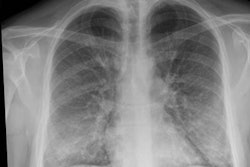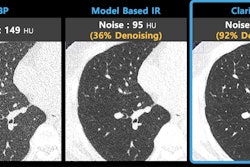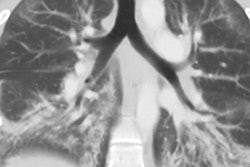Wednesday, December 4 | 3:10 p.m.-3:20 p.m. | SSM06-02 | Room N227B
Researchers from Japan have used micro-CT scans to create magnified 3D-printed lung models and will discuss the potential benefit of using similar models in the evaluation of peripheral lung diseases in this presentation.The researchers, led by Kensaku Mori, PhD, from Nagoya University, turned to micro-CT and 3D printing technology to provide clinicians with a tactile 3D view of tiny alveolar ducts that are often damaged in peripheral lung diseases. Clinicians are able to assess the alveolar duct region by examining histological slides, but this method offers restricted 2D visualization and requires the use of microscopes.
Seeking to improve upon current visualization methods, Mori and colleagues created 3D-printed lung models based on micro-CT scans. The models delivered a much more detailed view of the peripheral lung (magnified 40 times compared with standard models) that showed the alveolar ducts -- including a central alveolus surrounded by roughly six additional alveoli -- connected to the bronchiole.
Interalveolar connections known as the pores of Kohn also were visible on the 3D-printed lungs. The pores of Kohn in the 3D-printed lungs had diameters as wide as 30 µm, and the average diameter of the alveoli was 286 µm.
3D-printed lung models based on micro-CT scans offer a highly magnified 3D view of internal lung structures and have the potential to benefit the evaluation of chronic obstructive pulmonary disease, multicystic lung disease, and interstitial lung disease, the researchers noted. Furthermore, the technique may provide new insight into radiologists' understanding of these peripheral lung diseases.



















